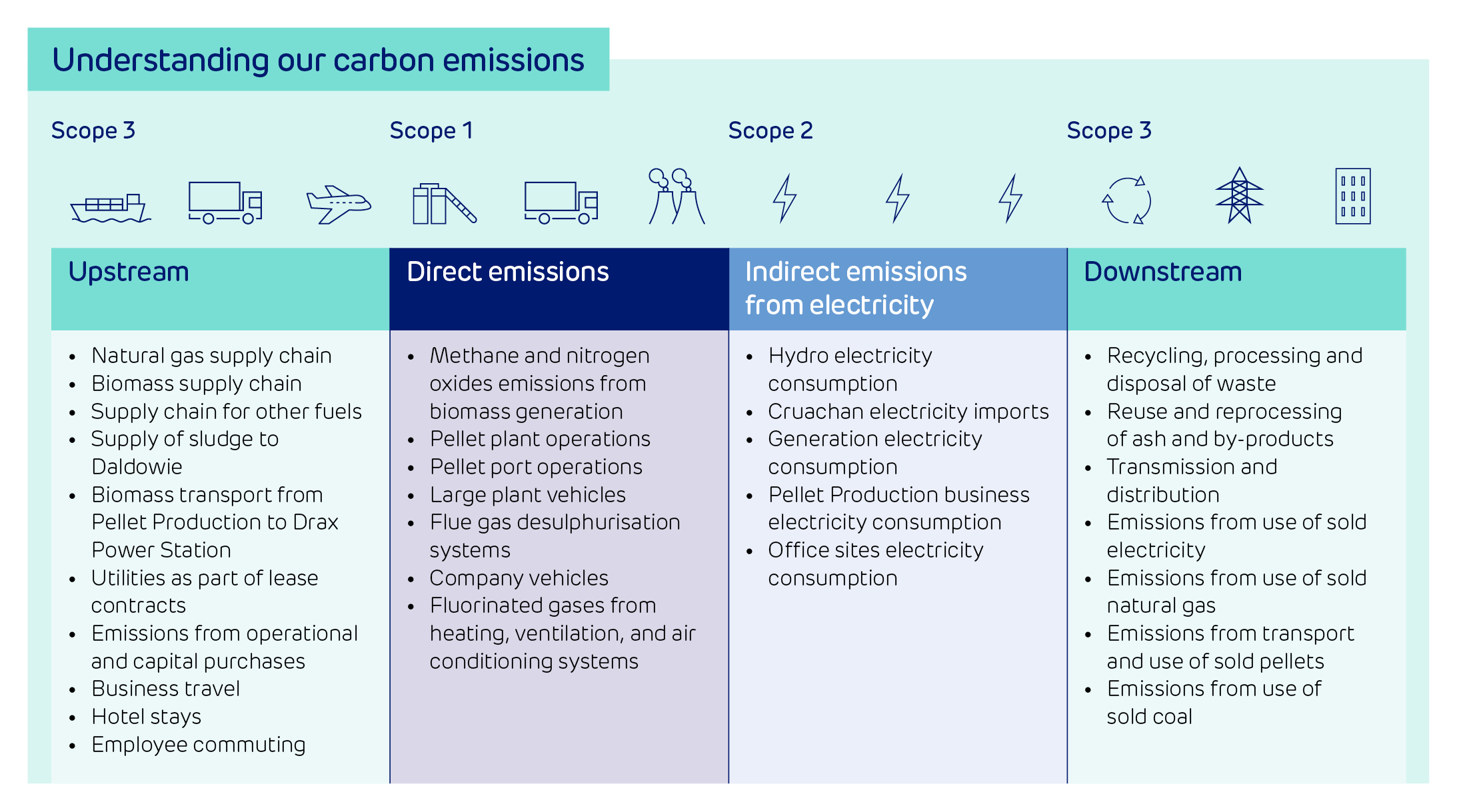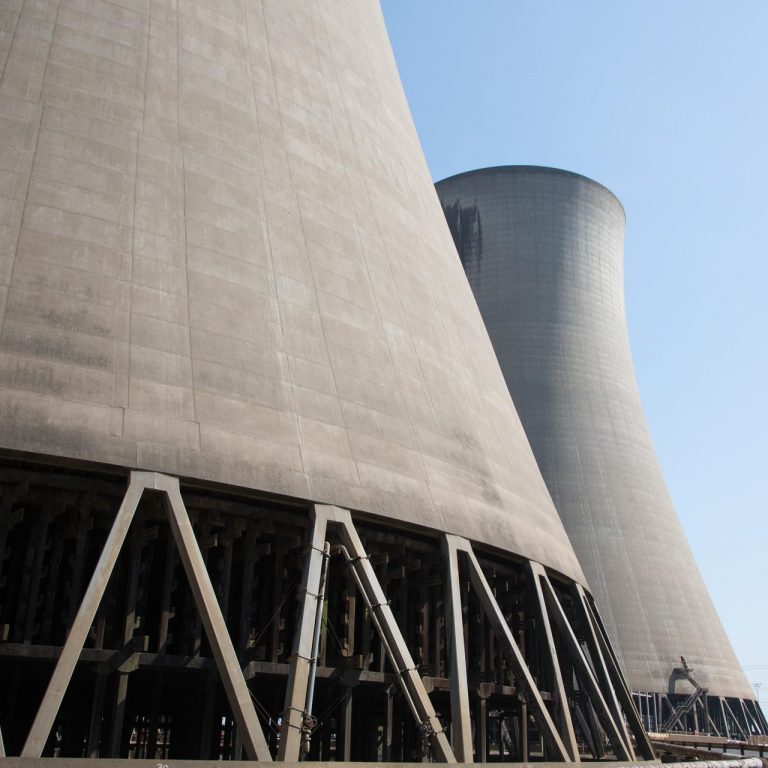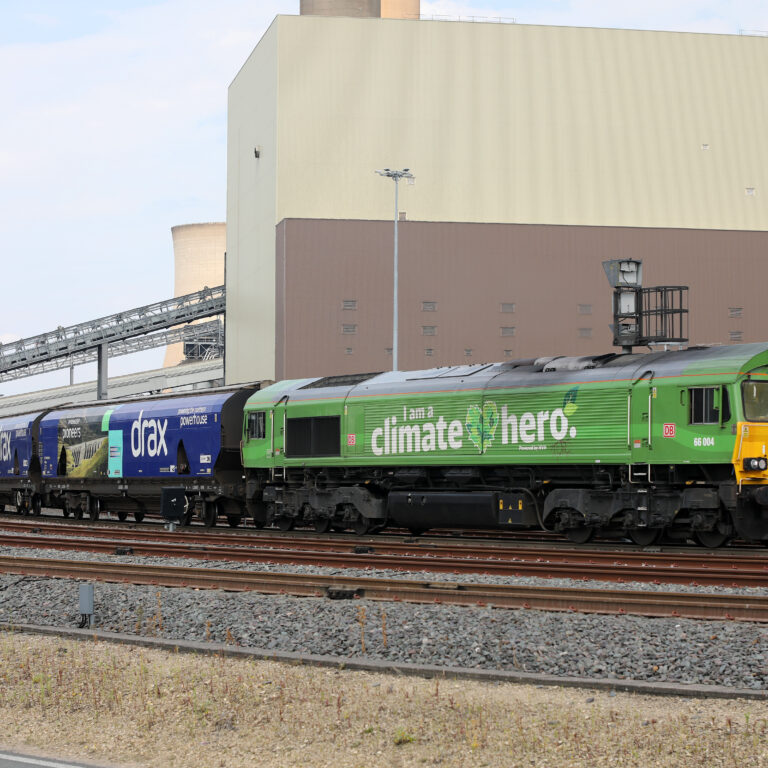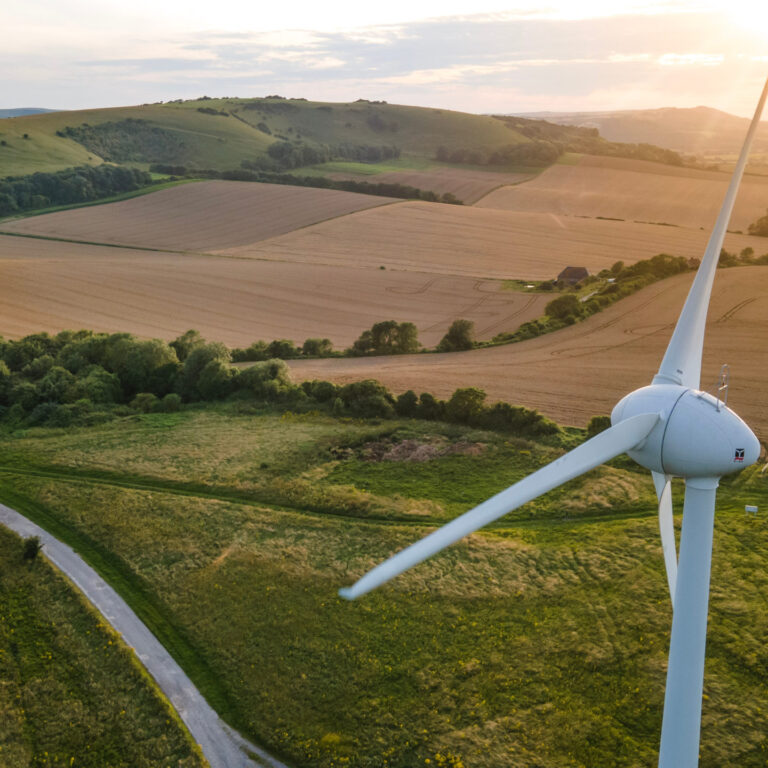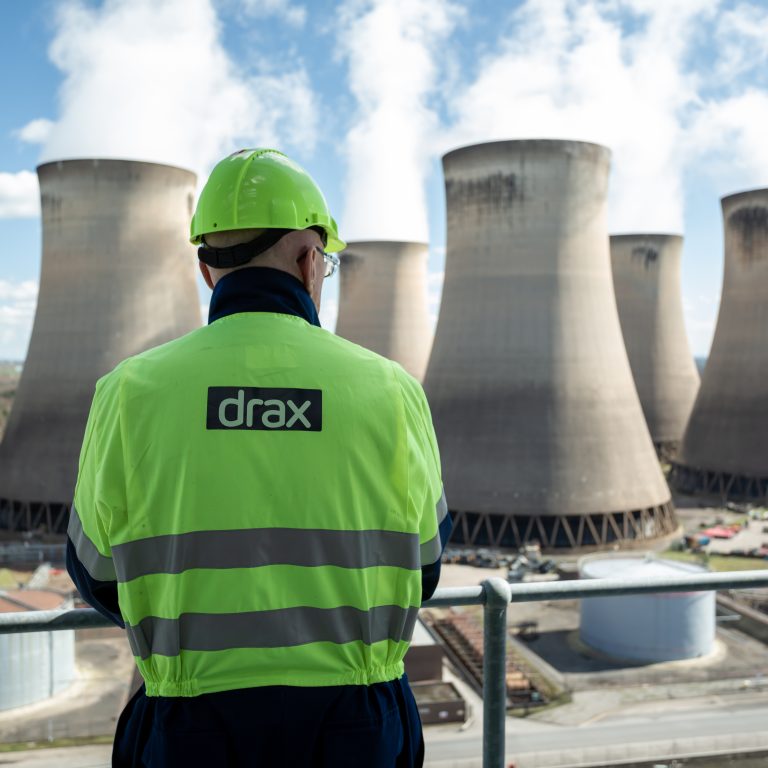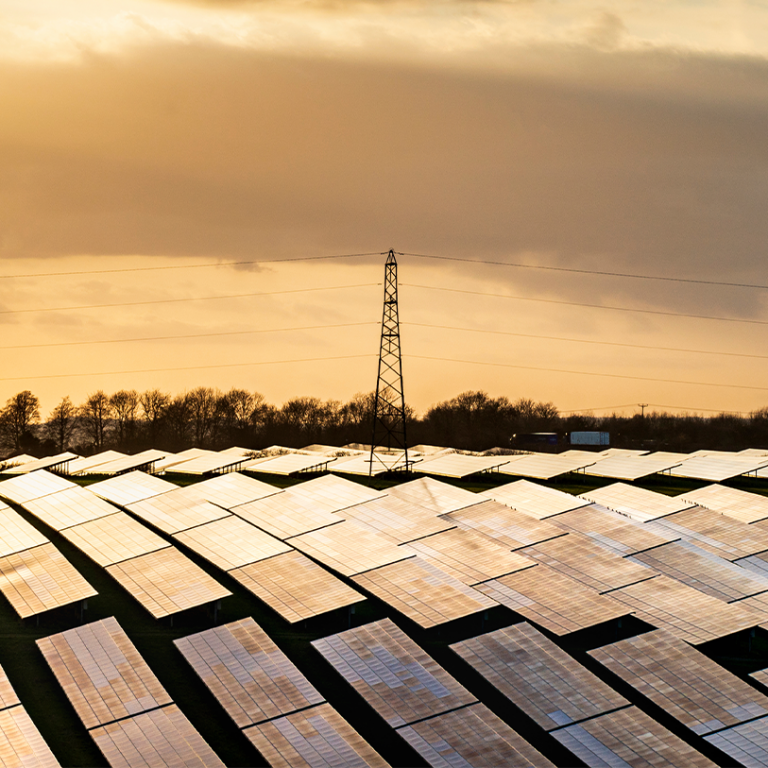Tackling climate change is at the heart of our purpose
Leading scientists agree that reducing emissions alone isn’t enough to achieve global climate goals. Carbon removals will be a critical tool to help combat the climate crisis.
A UK leader in dispatchable, renewable generation
The UK’s plans to achieve net zero by 2050 will require the electrification of sectors such as heating and transport systems, resulting in a significant increase in demand for electricity. We believe that intermittent renewable and inflexible low-carbon energy sources – wind, solar and nuclear – could help meet this demand. However, this will only be possible if the remaining power sources can provide the dispatchable power and non-generation system support services required to ensure security of supply and to limit the cost to the consumer.
Long-term biomass generation and pumped storage hydro can provide these increasingly important services and we are developing an option for new pumped storage – the expansion of Cruachan Power Station – to provide an additional 600MW of dispatchable long-duration storage to the power system. A planning application was submitted in May 2022, and any investment remains subject to the right investment infrastructure and support.
The location, flexibility and range of services Cruachan can provide makes it strategically important to the UK power system. A final investment decision could be taken in 2024 and the development operational by 2030. Any investment decision will depend on the right regulatory framework.
Carbon and energy use data summary
In line with TCFD Guidance on Metrics, Targets and Transition Plans (October 2021), we disclose the following climate-related metrics:
| Unit | 2023 | 2022 | 2021 | 2020 | |
|---|---|---|---|---|---|
| Carbon Emissions | |||||
| Generation CO2 emissions(1) | ktCO2e | 141 | 310 | 525(9) | 1,687 |
| Group total Scope 1(2) | ktCO2e | 255* | 336 | 932 | 1,693 |
| Group total Scope 2 (location-based)(3) | ktCO2e | 231*(7) | 333 | 323 | 277(7) |
| Group total scope 2 (market-based)(3) | ktCO2e | 273* | 332 | 323 | 338 |
| Group total Scope 1 and 2 (location-based) | ktCO2e | 486 | 669 | 1,255 | 1,970 |
| Proportion of Group (Scope 1 and 2) emissions within the UK | % | 34* | 51 | 78 | 87 |
| Group total scope 3(4) | ktCO2e | 3,534* | 3,123 | 3,121 | 3,538 |
| Biogenic CO2 emissions(5) | ktCO2e | 11,463 | 12,130 | 13,415 | 13,627 |
| Carbon intensity | |||||
| Generation emissions per GWh of electricity generation | tCO2/GWh | 11* | 23 | 33(9) | 100(9) |
| Group emissions per GWh of electricity generation(6) | tCO2e/GWh | 39* | 49 | 78 | 117 |
| Group emissions per unit revenue(6) | tCO2e/£million | 62 | – | – | – |
| Total energy consumption | |||||
| Group total energy consumption | GWh | 34,113* | 33,341(8) | 44,113 | 44,491 |
| Group total energy consumption within the UK | GWh | 30,125 | 33,789(8) | 40,112 | 41,008 |
Note: The work to update the 2020 “baseline” carbon emissions data set has now been completed, to the extent that all material updates have been made to the data set, reflecting the impact on our emissions footprint of acquisitions, divestments and disposals that have taken place between 2020 and the present day.
Note: Carbon emissions are reported against a criterion of operational control. Carbon emissions are reported in units of carbon dioxide equivalent (CO2e) and include all greenhouse gases as required by the GHG Protocol.
* This metric was subject to external independent limited assurance by PricewaterhouseCoopers LLP (‘PwC’) as part of their assurance over metrics in the ESG Performance
Report 2023. For the results of that assurance, refer to page 10 in the ESG Performance Report 2023 (www.drax.com/esg-performance-report-2023) and for the Reporting Criteria in the ESG Databook (www.drax.com/esgdatabook2023).
(1) Generation emissions covers the total direct emissions from Scope 1 and indirect emissions from Scope 2 activities across our Generation sites.
(2) Group total Scope 1 covers all direct emissions from our own business operations, across all sites.
(3) Group total Scope 2 covers all indirect emissions associated with our electricity and heat consumption, across all sites.
(4) Group total Scope 3 excludes “downstream leased assets”; and categories “end of life treatment of sold products”, “franchises” and “investments” are not applicable.
(5) The biogenic CO2 emissions across the Group are zero-rated under the GHG Protocol methodology and our SBTi targets. Biogenic CO2 emissions are reported separately as “outside of scope” in ESG reports or under “Memo items” of UK Emissions Trading Scheme (UK ETS).
(6) Group emissions are total Scope 1 and 2 (location-based) emissions as reported.
(7) For 2020 and 2023 we have updated the location-based methodology, where the Group is able to apply our own generation (currently UK REGOs) and apply a zero-carbon factor for GB grid locations. Our updated methodology can be found on pages 21 to 25 in the Basis of Reporting. 2022 and 2021 have not been restated on the basis of it being impractical without having to incur undue costs or effort.
(8) 2022 figures restated due to error in calculation in 2022.
(9) 2021 figure was based on the ETS value of Drax Power Station and Daldowie only.








